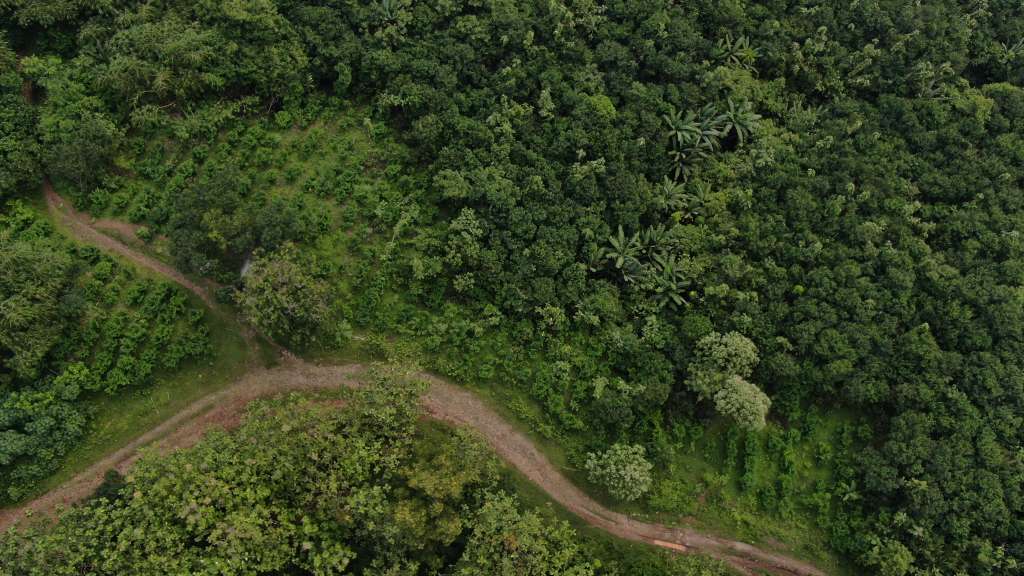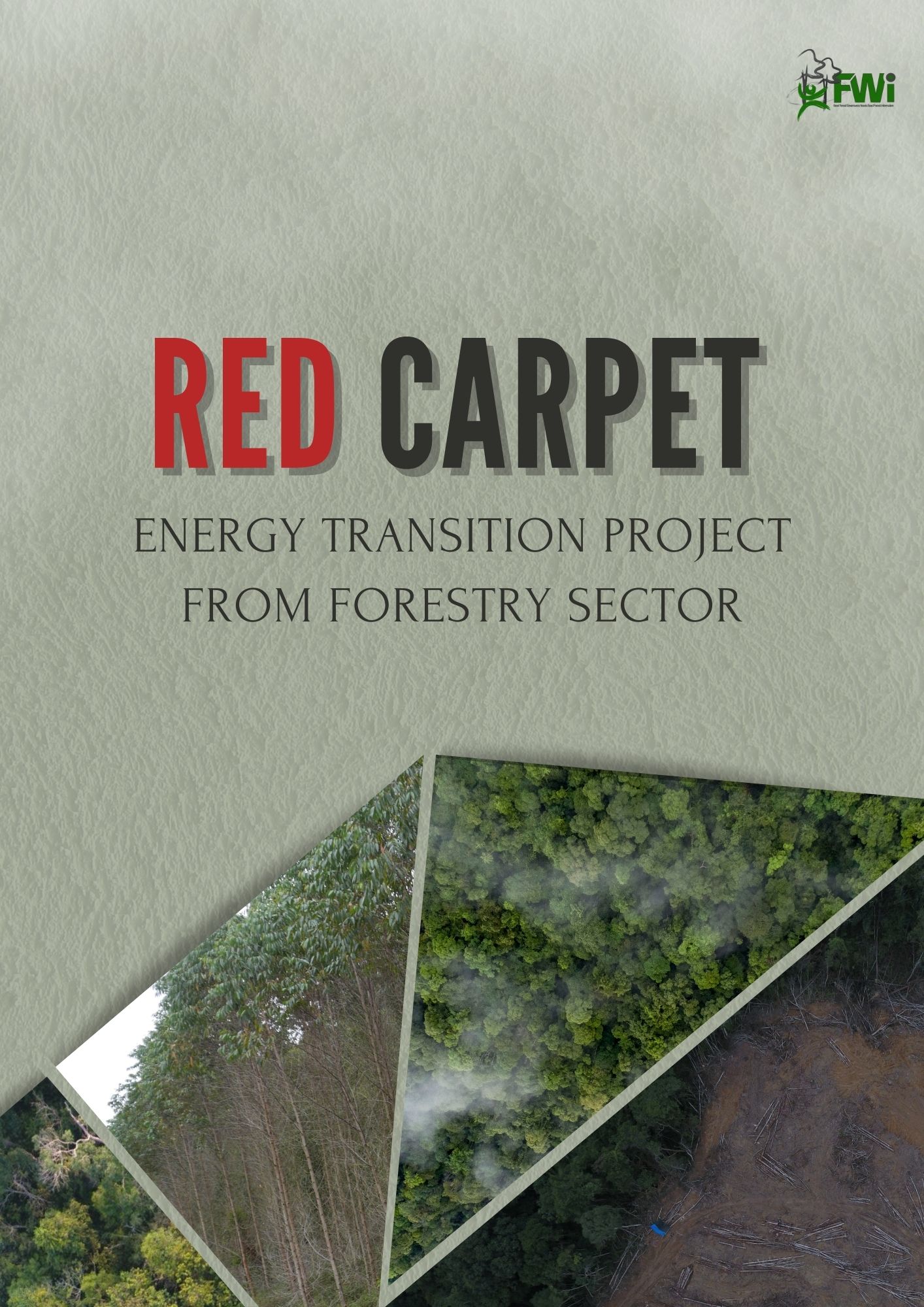
Overiview The Exclusivity Of The Energy Transition Project From Forestry SectorSECTO
stated in Government Regulation Number 79 of 2014 on National Energy Policy, to achieve their energy transition goals, Indonesia targets to increase their portion of new renewable energy mix to 23% by 2025 and at least 31% by 2050. To meet this goal, exploring resources of potential and/or proven reserves of new and renewable energy (EBT) must be done. The regulation also stated that going forward, the priority of national energy development is to be based on maximizing the utility of renewable energy.
The strategy for accelerating New and Renewable Energy is carried out through:
- Primary/Final Energy Substitution : while continuing to use the existing B30-B50 Program technology, cofiring, and utilization of refuse derived fuel(RDF).
- Konversi Energi Primer Fosil : by replacing the generator/conversion technologies, Diesel or steam power plants (PLTD or PLTU) are replaced by new and renewable energy power plants (PLT EBT)
- EBT Capacity Increase : to meet new demands relying more on solar power plants
- Non-Electrical EBT Utilization : such as biofuels, bio-briquettes, biogas and biomethane/ bio-compressed natural gas (bio-CNG)

This paper limits discussion to energy sources that are classified as Bioenergy, namely in the form of wood biomass and biofuels (BBN/Biofuel/Biodiesel). Both are closely related to the demands and availability of forest and land area resources. We will discuss the non-electric biodiesel program, cofiring biomass at 52 PLTU PLN, and full-firing biomass for Biomass Power Plants (PLTBm) which are targeted to be operated in every province. We will also explore wood biomass, which is derived from energy plantation forests, and biodiesel which sourced from energy plantations ie. oil palm plantations.
For the wood biomass cofiring program, to obtain a production capacity of at least 2.7 GigaWatt as targeted, wood biomass of up to 14 million tons per year is required. Meanwhile, the Ministry of Agrarian Affairs and Spatial Planning/National Land Agency[2] was asked to provide 4 million hectares of land in stages specifically for energy plantations during 2016 to 2025, to fulfill the B30-B50 program of non-electric bioenergy. In other words, the program to increase bioenergy in the national energy mix is highly dependent on forest and land area resources.
Of course, issues of deforestation, space, land, and function will be in the spotlight going forward, which so far have been seen as hindering the running of energy projects which incidentally require large areas of land but are still being hampered by existing policies. Regional and land resources are one of the determining factors for the success of increasing the proportion of the bioenergy mix in the implementation of the National Energy Policy[3]. Various strategies were launched by the Ministry of Energy and Mineral Resources[4], including:
a. Developing a scheme of land use to ensure the supply of energy on land that overlaps with other needs
b. Facilitating the process of issuing forest area utilization permits (borrowing, cooperation, utilization of environmental services, or forest area release) for facilities and infrastructure, and installation of power plants, transmission and distribution of electricity.
c. Forming separate new electricity business areas outside Java, Madura, and Bali.
for more information can be downloaded via the following link :




